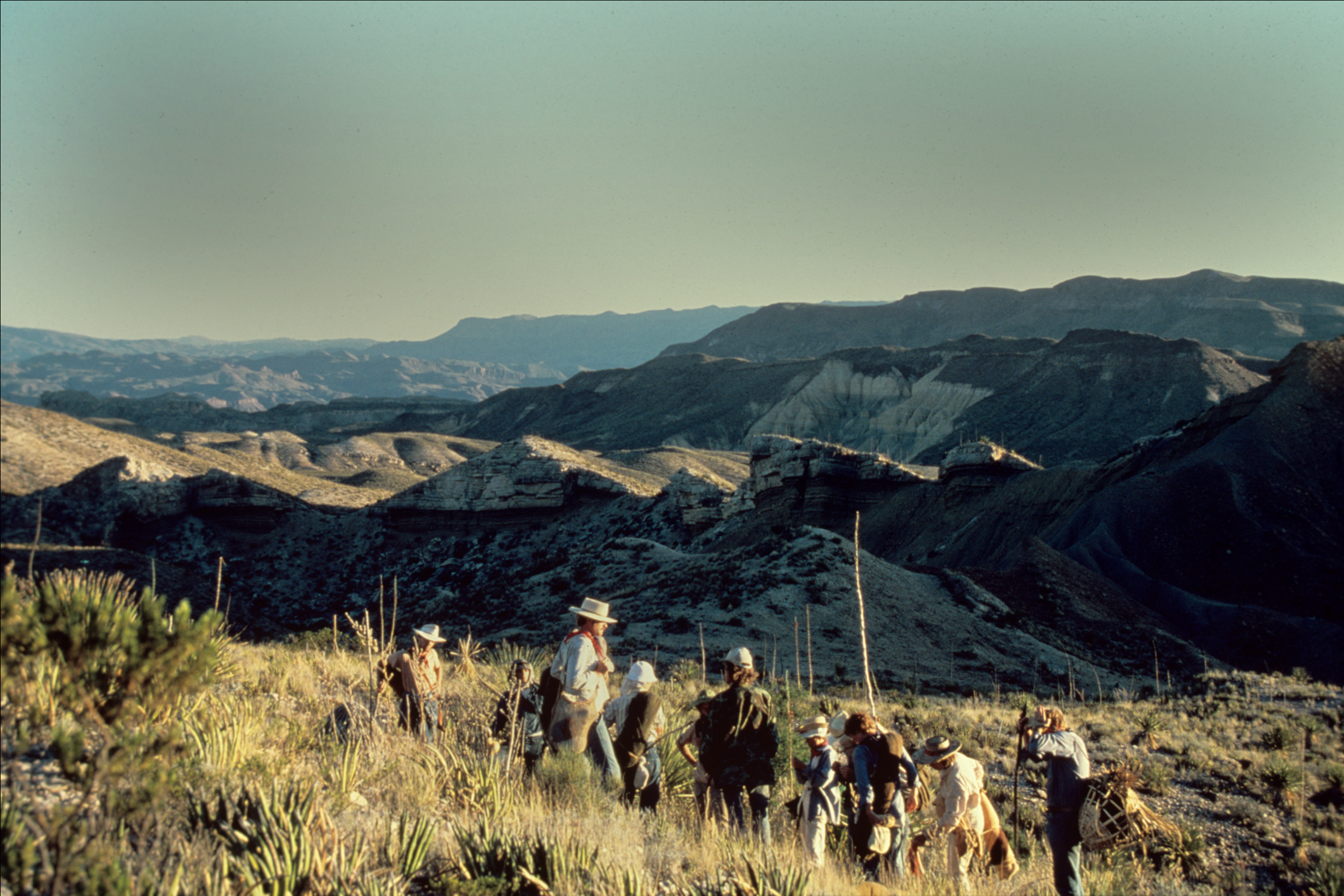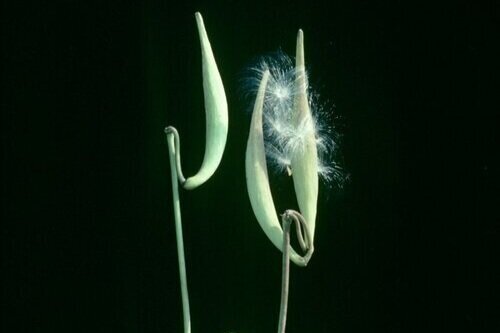
Earthfit Program Areas
Tapping into the great potential of plants to create a better future!
EarthFit is divided among seven program areas. Each is connected to and interdependent on the others. Any one alone is important, but together they represent our best chance against the challenges facing our planet.
This diagram reflects those connections — every program area strengthens and supports every other, with the Useful Wild Plants project at its heart. Hover over each and learn more about how EarthFit brings these objectives to life.
Research
Imagine the next G. W. Carver, skilled in genetics, horticulture, and chemistry, improving the hydrocarbon yield from one or several oil-producing species identified in this work for use in lubricating machinery or producing an alternative fuel base. In other words this area of focus refers to the sophisticated scientific examination that would result from new connections made by the synthesis of the UWP project. A major objective of the project is to establish a benchmark for the next generation of research.
Key Projects: Encyclopedia, Library

The study of making tools

Field exploration of Native American Dwellings

The construction of Native American Dwellins
Education
Picture students in a lab, each with a different experiment involving native plants. Some are making perfumes from desert acacia; others are examining the protein makeup and content of prickly pear seeds; others are studying the insecticide properties of cottonwood leaves; others are making paper from red yucca fibers; and so on. Most of us were not exposed to the vast economic possibilities yet unexplored in the plant kingdom in our own region. If we value our G. W. Carvers we have to provide a learning environment to promote their development. Another objective of UWP is to begin opening up the unknown world of useful wild plants to students of all ages, K-12, higher institutions, and lay people who have intense but unrealized interests in native and naturalize plants. UWP has developed teaching modules for K-12 that will introduce our next generation to these possibilities
An integral part of Useful Wild Plants, inc. is working with Texas communities to spread biological literacy and an appreciation for the significance of economic botany. We have hosted economic botany field courses and lectures across the state, including in Austin, Dallas, Fort Worth, Houston, and San Antonio. Some of our outreach programs include:
Weed Feed courses- Useful Wild Plants, inc. offers both long-form (six week) and condensed (day long) classes. These courses are introductory to foraging for and preparing edible wild plants and are open to the public for the price of tuition (variable).
Young Scientist courses- upon request, we visit elementary through high school classes, offering one-day seminars on botany and sustainability. In the past, these programs have taken place at Austin's Lyndon B. Johnson High School and Alamo Recreation Center.
Field trip hosting- we partner with faculty at the University of Texas at Austin to bring students of all majors out to the Useful Wild Plants headquarters and host a short field visit and lecture on the economic botany of wild plants.

Experiencing wild plants in the wild!

Handmaking tools

Outdoor education
Conservation
Now visualize Communities in Schools (CIS) students assisting UWP with the planting of unusual and in some cases rare useful plants of the Edwards Plateau at a Native Plant Sanctuary in Zilker Park. Students in this field class are given specific instructions about the growing conditions for each species and its preferred community. This planting will be a new nature trail for school children and Austinites to see for the first time many plants impossible to see otherwise.
Plants occurring infrequently or rarely in the wild will be preserved in this setting for future study and research. UWP is in the process now of developing a joint program with the Zilker Garden Council and Austin CIS to teach students about their environment as part of the installation of the Zilker Sanctuary Project, now in development. Perhaps the most important focus of UWP is in the development of sanctuaries in each of the eleven different regions of the state and surrounding states of the U. S. and Mexico. UWP has been participating in the development of three other native plant sanctuaries across the state for over ten years and there are several others on the drawing boards. It is important, we think, to begin environmental education about conservation at a very early age. If you believe something is important, stewardship begins to take on its own energy. When more staff are available UWP also plans to expand consultation services for conservationists and landowners so that they can evaluate their plant resources to establish appropriate stewardship practices.

Onion

Strawberry

Wild Potato
Diversification
Imagine that you are Jim Johnson, a landowner near Columbus, Texas, whose cattle sales and agricultural efforts barely cover taxes. Youhave large tracts of “brush” that may have potential value, but you have no idea what plants are on your property other than oaks, hackberries, and mesquites, yet you are curious if you have something that can be harvested and sold. We know many landowners who can no longer profit from ranching or traditional agriculture who are looking for new ways to earn income from their land. There are already many businesses makinguse of native plants for commodities and most Texas landowners are not yet participating in these profits. An objective of UWP in this area is to assist landowners in each region to identify appropriate crop plants and to begin to participate in these new economies.As more and more native and naturalized plant products are developed and marketed more resources can be identified for sale by land owners. With more staff UWP hopes expand this service of assisting with diversification efforts.

Onion

Strawberry

Wild Potato
Marketing
Another landowner near Leaky, Texas, Barbara Caspar, notices for the first time that her pinyons (Pinus remota) are bearing. She’s heard that pinyon nuts sell for good profits, but she doesn’t know how to harvest them, process them, store them, or where to sell them. UWP can provide that information. There is no service at present to link landowners with developing businesses that rely in plant resources. A future objective of UWP is to assist in the role of linking resource providers with product manufacturers. Marketing also refers to the use of the media system to get more native plant products into the commodities market and this organization plans to play a role in using of all forms of media to promote plant products and resources.

Youpon utilized for xyz.

Wild plants for landscape design

Wild plants for making pillow stuffing.
Product Development
A scientist, Bill McIntyre, working in a pharmaceutical company has tackled the challenge of finding a replacement rubber for latex because many health care staff have developed severe allergies to the latex in prophylactic gloves. Bill turns to UWP, either the volumes or Alluse database, for a list of plants with the appropriate chemical profile for a new rubber. Product developers like Bill McIntyre are the people that bring us the next perfume, a new soda-pop, a new pain-reliever, new dyes, and almost any commodity that can be identified. A major objective of UWP is to get make this information available to product developers searching for ideas.

